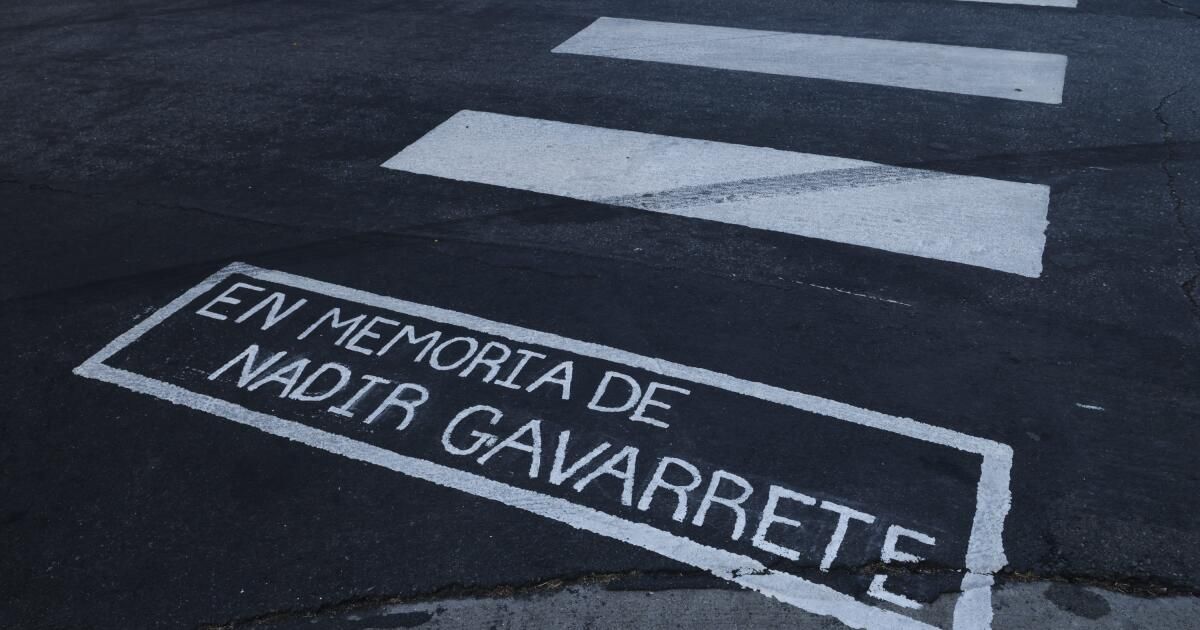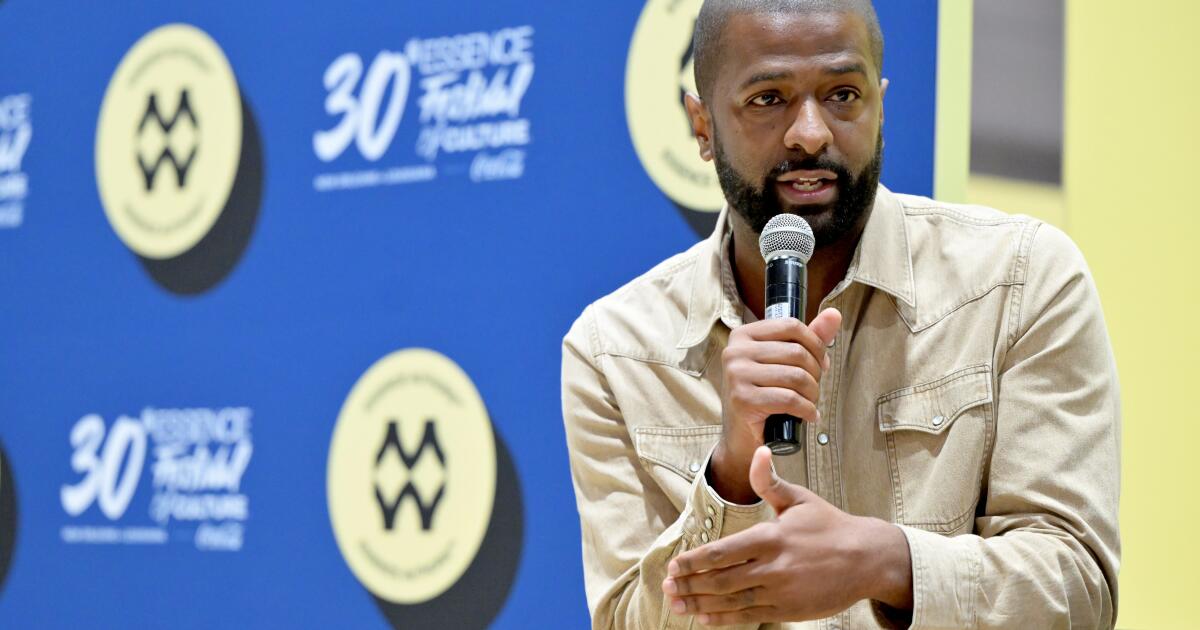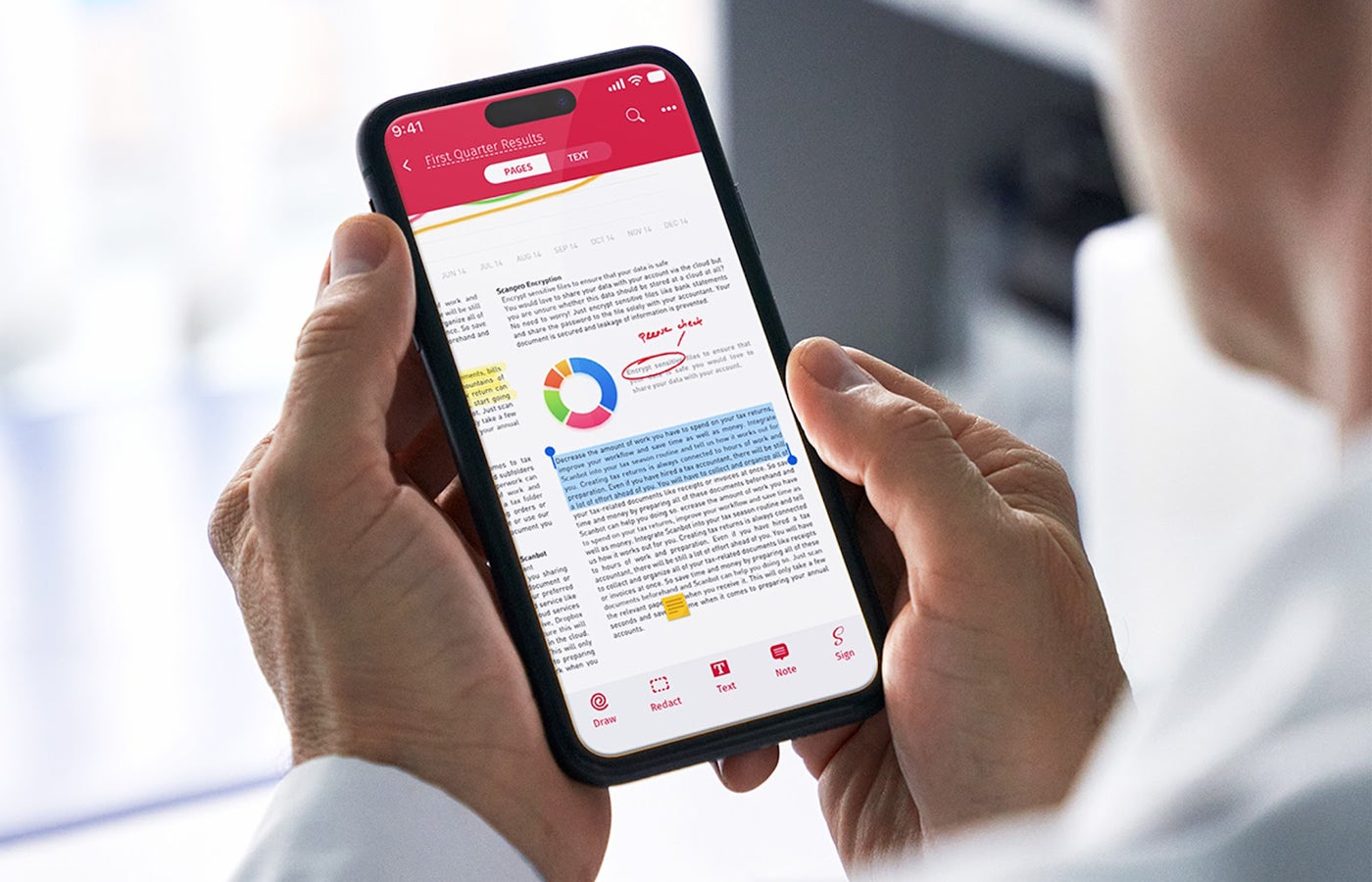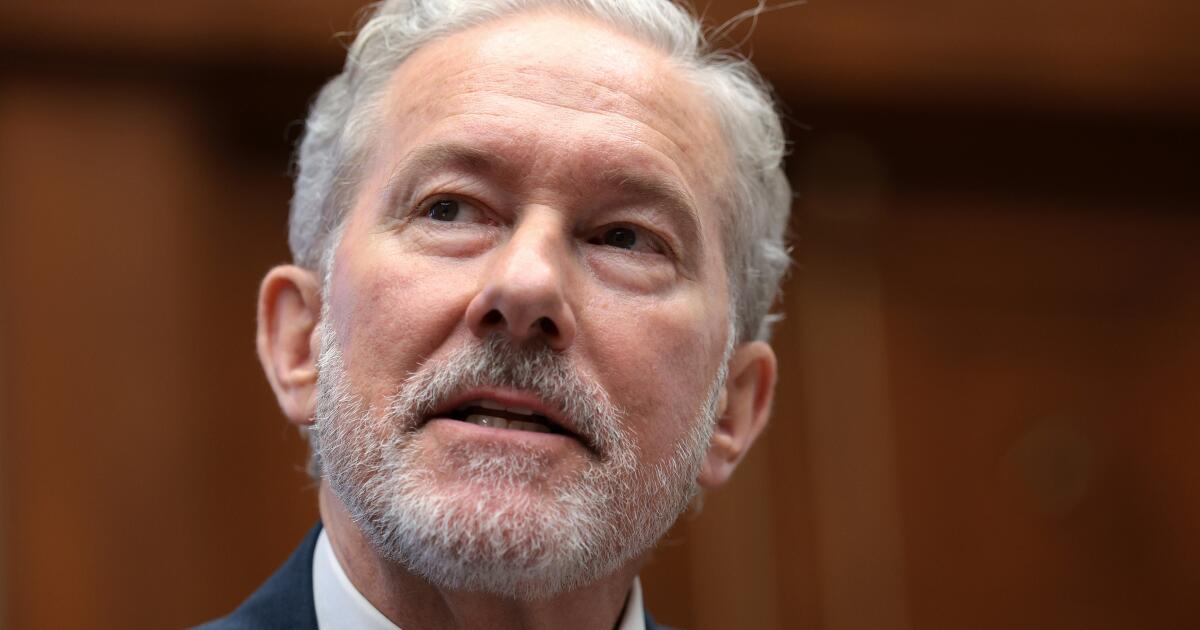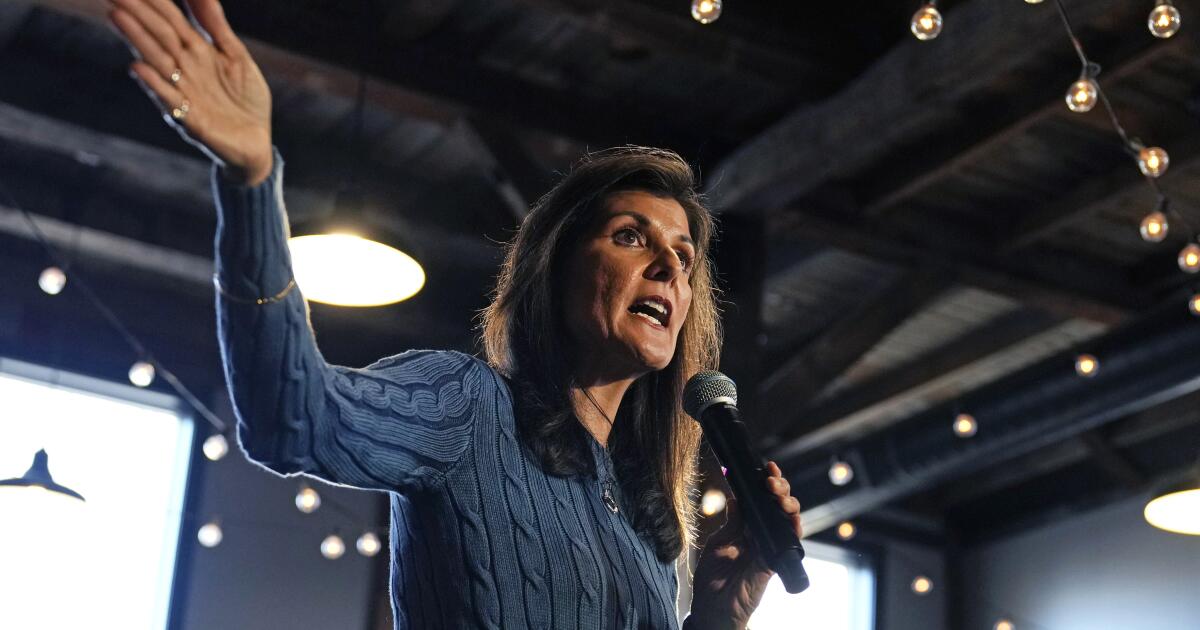Two weeks ago, Nadir Gavarrete of fourth grade was crossing the intersection in New Hampshire Avenue and 4th Street in Koreatown in an e-Scooter along with his 19-year-old brother, Carlos, when they were attacked An alleged drunk driver turning left through a high signal. Nadir was declared dead on the scene, and Carlos was taken to a hospital in serious condition.
Although we often refer to incidents like these as “accidents”, the truth is that they are completely preventable. We live in a city where a pedestrian is injured every five hours and dies every two days. The status quo places in cities among cities with the highest pedestrian mortality rates in the United States (2.9 percent), According to data from the Los Angeles Police Department.
Koreatown is one of the densest parts of Los Angeles: with 44,000 people per square mile, it is more busy than most New York city districts. Almost all the main streets in Koreatown are on the “network of high injury injuries” of the city, 6% of the streets that cause 70% of injuries and traffic deaths. In other words, he knows how dangerous the streets of Koreatown can be.
As a result, 14 years ago, in 2011, it was requested by a federal subsidy to improve security along several streets of the city, specifically choosing to focus on the intersection of New Hampshire and 4th for one of its projects. The city earned the subsidy money and began Community meetings Discuss the installation of a roundabout at the intersection, as well as add improved pedestrian crossings and other security improvements in the immediate area.
When I was appointed for the Los Angeles Bicycle Advisory Committee in 2019, eight years after those initial community meetings, the Los Angeles Department of Transportation gave us a presentation that showed a representation of a beautiful and significantly safer intersection in New Hampshire and 4th, full of pedestrian crossings and traffic calm, and with a round.
Six years later, there is still no roundabout. The city has not yet made land despite celebrating years of community meetings. Meanwhile, now a 9 -year -old is dead and his family is shattered.
There are numerous bureaucratic reasons why an improvement in the unique intersection could have been over 14 years. I am not interested in them. What city leaders should understand is that when they do not act with any sense of urgency, even when they have gained funds to do so, inaction has real -life consequences, this time in the form of a small child.
What will be needed for angels to have a sense of urgency to make our streets safer? We are currently Spend more on legal settlements For those wounded and killed in our streets that we in Vision Zero, the half effort of the city to reduce traffic deaths. From Los Angeles A zero vision city was declared in 2015With the ultimate goal of not having anyone dead in car accidents in the streets of the city by 2025, deaths and injuries have only worsened. In recent years We have had at least three children beaten and killed while we walked to school.. And yet, the city leaders, who face a budgetary crisis, in much of their own creation, perpetually under the security of Apartot and the street in general.
If an eruption of elevators who fall killed someone in Los Angeles every two days and hurt someone every five hours, we would immediately stop using them when the city intervened to investigate and solve the problem. However, it seems that we accept the deadly status of traffic deaths such as the cost of doing business while walking through the streets of Los Angeles.
We don't have to live this way. There are cities that have really achieved Vision Zero, such as Hoboken, NJ, which has now counted eight consecutive years without a death related to traffic thanks to significant updates in curbs, pedestrian crossings and intersections.
New York City is also constantly progressing in its zero vision objectives, which leads to a per capita pedestrian mortality rate almost a third of the
The angels remain an atypical case and will continue to be one unless we properly and urgently fund our zero vision efforts and eliminate the bureaucratic bureaucracy that slows progress: there is no need for 10 community meetings and the purchase of an entire neighborhood to make intelligent and saved improvements.
Michael Schneider is the founder of Streets for everyone.
Perspectives
Times Insights It offers an analysis generated by the voices content to offer all points of view. Insights does not appear in any news article.
point of view
Perspective
The following content generated by AI works perplexed. Los Angeles Times editorial staff does not create or edit the content.
Ideas expressed in the piece
-
Traffic Deaths in Los Angeles Are Antirely Preventable Incidents That Should Not Be Dismissed as Mere “Accidents,” With The City Experiencing A Pedestrian Impurity Every Five Hours and A Death Event Two Days, Placing the Among Cities With The Highest Per Capita Pedestrian at 2.9 per 100,000[1][3]. The author emphasizes that Koreatown, where the recent tragedy occurred, is one of Los Angeles dense areas with 44,000 people per square mile, and almost all the main streets appear on the list of “high injuries” networks of the city.
-
The city has demonstrated inexcusable delays in the implementation of known security solutions, with the specific intersection where Nadir Gavarrete, 9 years old, died, was identified by security improvements 14 years ago when he earned it the money of the federal subsidy for a breakage project[2]. Despite the years of community meetings and detailed planning presentations that show safer intersection designs, the city has failed to start the project, which represents a catastrophic failure of municipal responsibility.
-
Los Angeles has fundamentally failed their zero vision commitment, spending more money on legal settlements for traffic victims than in real security improvements[1][5]. Since a zero vision city was declared in 2015 with the aim of eliminating traffic deaths by 2025, the situation has only worsened, with almost duplicate traffic deaths and pedestrian deaths increase from 88 in 2015 to 176 in 2023.
-
The chronic sub -financing of the city of the Department of Transportation and Callera Security programs, exacerbated by budgetary crises, demonstrates priorities out of place that treat traffic deaths as an “acceptable cost of doing business.” The author argues that if the elevators kill someone every two days, immediate measures would be taken, however, the deadly status quo of traffic violence continues without response.
-
There are successful examples of cities that really achieve zero vision objectives, such as Hobken, New Jersey, which has maintained eight consecutive years without deaths related to traffic through significant infrastructure improvements[5]. New York City has also achieved constant progress, achieving an per capita pedestrian mortality rate almost a third of angels, demonstrating that substantial improvements are possible with adequate commitment and financing.
Different views on the subject
-
Technological innovations, particularly autonomous driving systems, represent a promising alternative approach to reduce traffic deaths that may be more effective than traditional infrastructure changes[4]. Community leaders in Koreatown believe that autonomous vehicle technology, which can see other road users and make safety -based decisions, could significantly reduce deaths in high -risk areas where human error and deteriorated driving contribute to accidents.
-
The integral commitment of the community and extensive planning processes, although they consume a lot of time, may be necessary to guarantee an adequate implementation of security improvements that explain different neighborhood needs and contributions from interested parties[6][8]. The Safe Routes to School program demonstrates that the participation of the significant community, including the participation of students in street security initiatives, can create more effective safety interventions and locally backed.
-
The complexity of urban transport systems requires a careful analysis of security data and the development of comprehensive policies that address multiple factors beyond infrastructure design[8]. Traffic security experts emphasize that the effective implementation of zero vision implies multiple protections and shared responsibility among all road users, instead of depending solely on the rapid implementation of infrastructure.
-
While infrastructure improvements are important, addressing driver's behavior, application and education can be equally crucial components to reduce traffic deaths[7]. The national increase in pedestrian deaths has been attributed to factors that include distracted driving, speeding and rage on the road that emerged particularly during the pandemic period, suggesting that behavioral interventions along with changes in infrastructure may be necessary for comprehensive security improvements.

